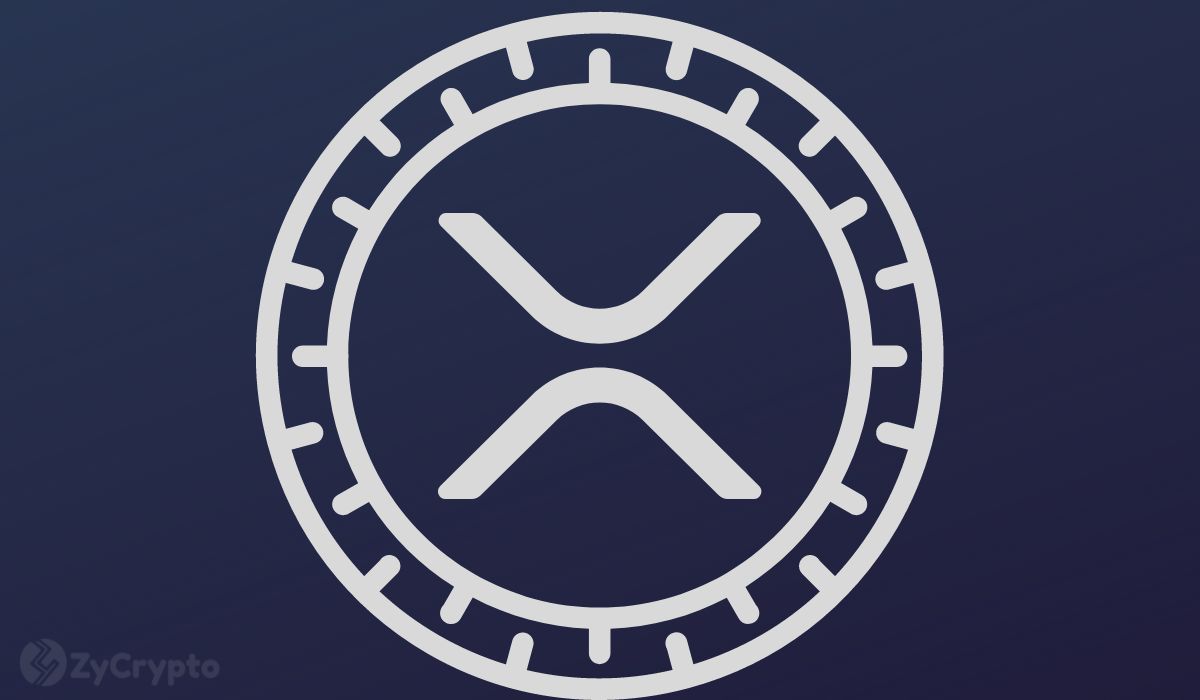ARTICLE AD BOX

- Shibarium is exploring integration with Chainlink’s Cross-Chain Interoperability Protocol, potentially revolutionizing blockchain connectivity and token transfer mechanisms.
- The network’s developer discovered a sophisticated “PriceRegistry” smart contract, suggesting advanced cross-chain token conversion capabilities through Chainlink’s infrastructure.
Shibarium, a layer-2 blockchain bolstering the Shiba Inu ecosystem, is poised for integration with Chainlink’s Cross-Chain Interoperability Protocol (CCIP) —- a significant milestone for the Shiba Inu ecosystem. Community investigator The Bus uncovered compelling evidence of this potential integration by meticulously analyzing underlying code structures, revealing intricate details that suggest a transformative technological leap forward for the network.
Ready. . . @chainlink x @ShibariumNet 





 PriceRegistry #CCIP pic.twitter.com/78iIBr7Ela
PriceRegistry #CCIP pic.twitter.com/78iIBr7Ela
— The Bus (@TheBus37643251) November 26, 2024
Embedded within the discovered codebase, a fascinating “PriceRegistry” smart contract emerged, highlighting sophisticated mechanisms designed to facilitate seamless token conversions across diverse blockchain environments. This contract leverages Chainlink’s advanced technological infrastructure to validate token prices and ensure precision in cross-chain token transfer mechanisms.
This integration signifies more than a technical improvement. It reflects a strategic effort to enhance blockchain connectivity. By adopting Chainlink’s CCIP protocol, Shibarium aims to bridge gaps between networks, fostering a more interconnected digital ecosystem.
CCIP Enhances Shibarium Blockchain Interoperability
Chainlink’s Cross-Chain Interoperability Protocol represents a significant advancement in blockchain technology, enabling decentralized applications and smart contracts to transfer tokens and data across various blockchain networks securely. Using a decentralized oracle network, CCIP ensures tamper-proof communication and reduces risks linked to single points of failure, addressing key challenges in the evolving blockchain landscape.
Shiba Inu developer Kaal Dhairya highlighted the community’s active role in identifying pivotal ecosystem developments. Although official confirmation remains awaited, widespread speculation suggests transformative implications for Shibarium’s technological direction. Integration could revolutionize asset transfers and usage across diverse blockchain platforms.
Historically, Shibarium has consistently improved asset transfer efficiency. Initially, Ethereum transactions took seven days; however, by May, developers reduced this time to just 45 minutes, reflecting ongoing efforts to enhance user experience and operational performance.
Will CCIP Boost Shibarium’s Utility?
The potential CCIP integration aligns perfectly with Shibarium’s broader strategic vision of expanding utility within decentralized finance (DeFi) and attracting broader adoption. By enabling native Shibarium tokens to interact seamlessly with applications on networks like Ethereum, Polygon, and Avalanche, the protocol could significantly increase liquidity and accessibility for network participants.
Currently, Shibarium boasts an impressive 4.68 million daily transactions, demonstrating substantial user engagement. Network leadership, including lead developer Shytoshi Kusama, has consistently emphasized mass adoption as a critical strategy for attracting major centralized exchanges and expanding ecosystem reach.
Recent network milestones further underscore Shibarium’s momentum. On November 16, the network celebrated a remarkable 500 million total transactions milestone, just fifteen months after its initial launch. Additionally, Shibarium’s Total Value Locked (TVL) recently peaked at $8.7 million, indicating growing confidence and investment within the ecosystem.
While official confirmation remains pending, the potential Chainlink CCIP integration represents a pivotal moment for Shibarium. It promises technological advancement and a fundamental reimagining of blockchain interoperability, potentially setting new standards for cross-chain communication and asset transfer mechanisms.
.png)
 2 hours ago
1
2 hours ago
1








 English (US)
English (US)